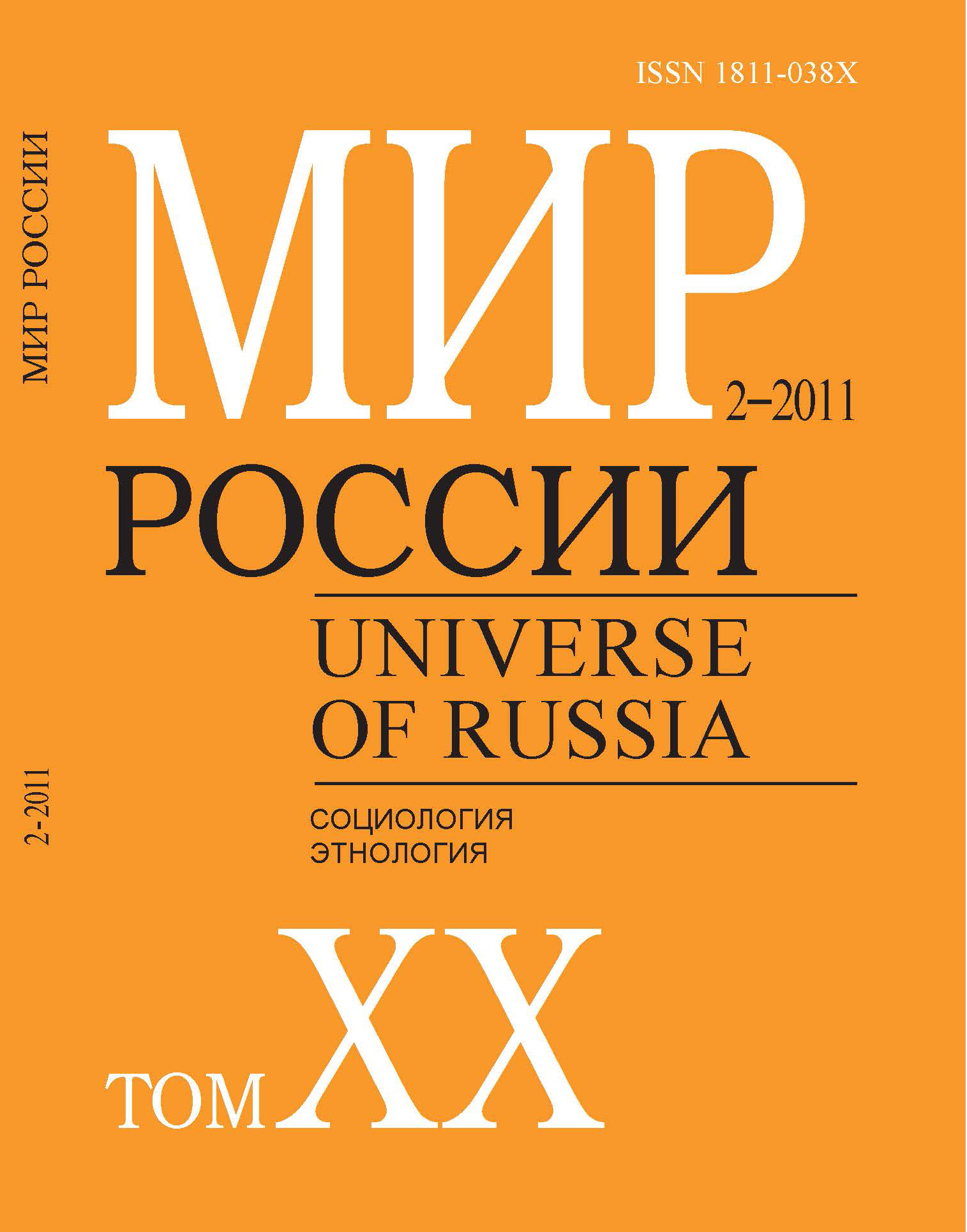Housing Problem in Russian Federation: a Solution within the Framework of Economic Paradigm
Abstract
Olga Grushina — Associate Professor, Chair for Economics and Investment Management, Baikal State University of Economics and Law. Address: 11, Lenin St., Irkutsk, 664003, Russian Federation. E-mail: olga7771972@mail.ru
Basically, the function of demand for housing is a sum of individual demands. Thus, it bears the classical form of a dropping curve and reflects the dependence of quantity of square meters on its price. This quantity inversely depends on family welfare.
However, if we look at such theoretical speculations from the standpoint of the real Russian economy, it would make little sense. What does this theory have to do with real demand if the price of housing must absorb expenditures for both medicinal and educational services, and even food? What would happen if the aggregate welfare of a family, even in its optimistic forecasts, made it insolvent in the view of a mortgage bank?
The current mortgage status in the Russian Federation cannot solve the housing problem. Mortgage ‘bubbles’ in the USA have triggered the world financial crisis. In Russia, mortgages (only bearable at 20-30,000 rubles per month — far from what’s being earned on average) have become a major reason for the deprivation of housing from people.
At the same time, surplus housing is being purchased for speculative purposes. The main deficit generated by such a system is a deficit of money and a deficit of capital. The latter leads to neglecting labor and low salary, respectively. The average salary of the majority of the population is decreasing due to the concentration of capital in the hands of a limited number of ultra-high income people. Under such conditions, it is easier and more profitable for developers to secure a smaller supply to keep up the high prices using available investments.
However, in the non-stationary economics, there is a growing uncertainty in the future. Ultra-high costs are not stable and can rapidly be changed. Accelerated growth of non-stationary economics can suddenly break off and lead to a sharp slow-down. In this case, the economy freezes at the moment of bifurcation, i.e. the complete uncertainty about its further evolution.
We believe that in such a situation, an unusual approach can be applied: it could be more reasonable to start off not from the proportion of the cost of a square meter to peoples’ income, but, rather, from the average income of a family to the cost of a square meter. The latter cost should be adequate enough to provide everybody’s constitutional right for his or her own lodging. However, this is not a market, but a true political economy approach.
To make housing accessible, we suggest a mandatory housing insurance has to be introduced, just as is provided with medical or pension insurance.
The economic core of the process is as follows. If a young person wants to have his own lodging, he or she should be able to ‘collect’ a certain amount of square meters by his 18th birthday. This value can easily be calculated: if the rate is 18 m2 per person, then the necessary minimum equals 36m2 (for a single parent and his or her child). This value corresponds to the space of a standard one-room apartment. Thus, insurance is applied at the moment of childbirth until he or she becomes 18. Thus, with each year insurance accumulates by 2m2 of living space.
According to the logic of the political economy approach, a certain proportionality of the key indices that reflect essential living conditions should be maintained in the state economic system. Here, the following has to be considered: the economic means for purchasing first-necessity goods (such as lodging) must correspond to the economic capabilities of a subject. Otherwise, why would one need such a method?
Therefore, we could advise the Ministry of Economic Development of Russia to look at the cost of 1m2 of housing with respect to the average salary and deduce the cost of 1m2 of housing according to the method of its purchasing depending on the average family income. This cost will, of course, depend on the location of housing. This, however, would lead to better control of internal migration: the move to larger cities would require additional investments, while moves to the countryside would enable the purchase of housing 1.5-2 times bigger than 36m2. Insurance certificates could be made valid within the borders of one region, and certain rules of their exchange are easy to elaborate. We would like to emphasize that insurance payments have to be made from parental income rather than at the expense of the state. The state economy should be organized in such a way that it can keep and maintain the key proportions related to housing.
For this goal to be reached, the national economy should be stationary, i.e. controllable. The major long-term consequences of the introduction of housing insurance, we suggest, are the following: the demand for housing, acquired beyond the insurance program, would decrease dramatically; the demand for elite housing and middle class housing would remain limited to citizens who are not insured (because of their age or foreign citizenship); the demand for rent would decrease drastically, and hence, the purchase of housing for speculation purposes would drop or even vanish; mortgages would most likely be reduced.






